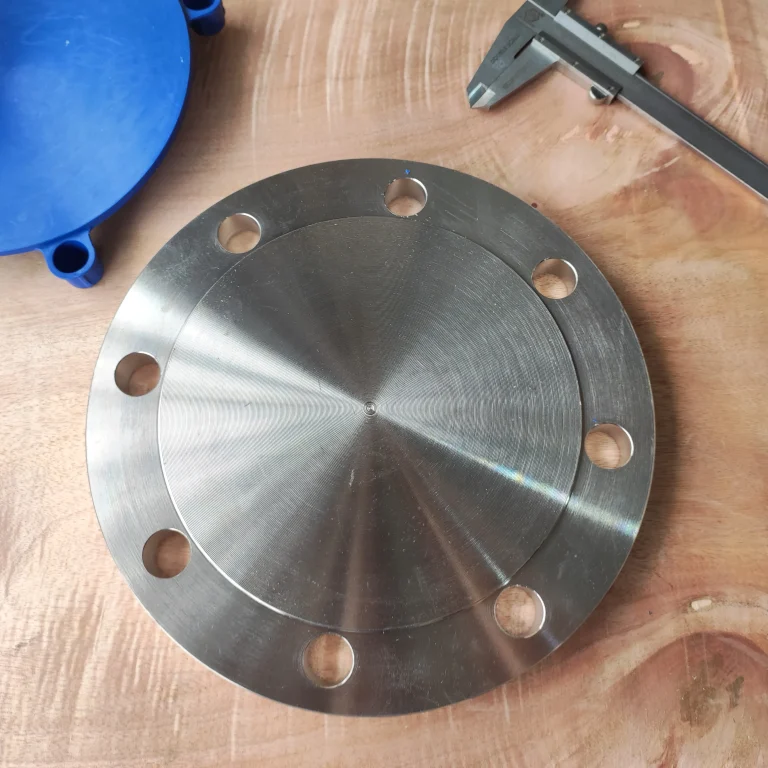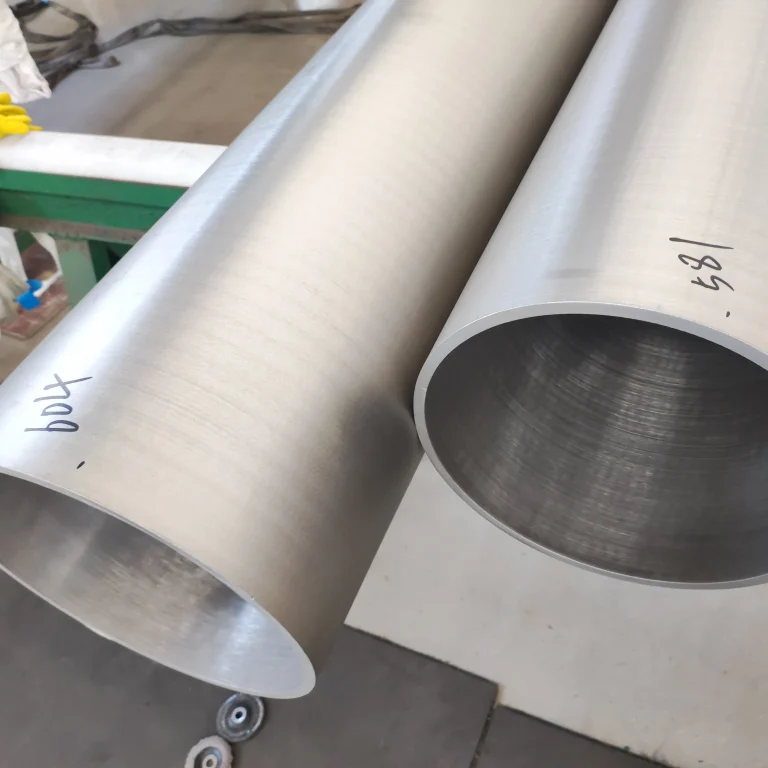Cold Drawing is a critical process for high-precision metals.It plays an essential role in finishing stainless steel pipes and stainless steel pipe fittings.This method refines material originally shaped by hot rolling.It creates products with superior surface quality and dimensional accuracy.
What is Stainless Steel Cold Drawing?
Cold Drawing is a metalworking process.It happens below the steel’s recrystallization temperature.The material is pulled through a die or reducing tool.This pulling permanently deforms the metal.The process significantly reduces the diameter or wall thickness.It improves both the surface finish and the internal structure.
What We Do
- Plate
- Sheet
- Forgings
- Round Bar
- Flange
- Pipes
- Fittings
- Customized
Contact Us For More Information
Key Advantages of Cold Drawing
Drawing metal through a die produces a smooth surface,resulting in a clean and bright finish.
Precision molds control the final dimensions of the material.This process achieves extremely tight dimensional tolerances.
The process hardens the metal.This increases both tensile and yield strength.Material strength is significantly improved without altering its chemistry.
Smoother surfaces and uniform structures facilitate the machining process.Tools can cut metal more cleanly and predictably,thereby reducing manufacturing time and costs.
Key Disadvantages of Cold Drawing
Cold drawing processes require specialized equipment and lubrication measures.Materials must undergo annealing treatment between each drawing operation.This added complexity increases overall production costs.
Each pass only allows a small reduction in size.Too much reduction causes the material to fracture.This means many passes are often necessary.
The hardening process increases strength but reduces flexibility.The material becomes less ductile. This can require a final annealing treatment.
The starting material must be clean and defect-free.Surface flaws on the input material can be transferred.Defects become exaggerated during the drawing process.
Comparing Cold Drawing and Hot Rolling
| Process | Temperature | Surface | Tolerance |
|---|---|---|---|
| Cold Drawing | Ambient | Smooth | Tight |
| Hot Rolling | High | Rough | Wide |
Common Cold Drawn Grades and Products
| Grade | Key Feature | Applications |
|---|---|---|
| 304/304L | Versatile, common | Precision pipes,Shafts |
| 316/316L | Chloride resistance | Medical tubing,Hydraulic lines |
| 410 | High strength | Fasteners,Valve stems |
| Duplex 2205 | High strength | Small bore tubing,Couplings |
Cold Drawing Process Equipment
| Equipment | Purpose | Usage |
|---|---|---|
| Draw Bench | Pulls material | Main force |
| Die | Shapes material | Reduces size |
| Carriage | Grips tube | Pulling action |
| Lubrication System | Reduces friction | Prevents damage |
Preparation Before Cold Drawing
- First, the hot-rolled material must be cleaned. Scale and surface impurities are removed. This cleaning often involves pickling in acid.
- Next, the material is lubricated. Proper lubrication prevents seizing and friction damage.
- Finally, one end of the material is pointed. This allows it to fit through the die opening.
The Steps of Cold Drawing
- The actual drawing process is straightforward. A draw bench holds the die.
- The pointed end of the material is pushed through the die. A carriage grips the pointed end. The carriage pulls the material through the die. The die reduces the metal’s cross-section.
- The final product is a precise, high-quality component. Multiple passes may be necessary for the final dimension.
Stainless Steel Cold Drawn Products
Cold Drawing is the finishing step for many products. Stainless steel pipes become high-precision tubing. Stainless steel pipe fittings like hydraulic couplings are made from cold-drawn bar.
Ensuring Cold Drawing Quality
Maintaining quality requires strict control.Lubrication must be consistent during the entire process.Die maintenance is also crucial.A worn die compromises the final dimension.The material is often tested after drawing.Testing ensures the material’s required mechanical properties are met.
Further Processing
Cold-drawn materials typically require further processing.Annealing eliminates high internal stresses within the material.This process enhances the material’s ductility.Surface finish can be further improved through electrolytic polishing or mechanical polishing techniques.These operations bring the final stainless steel tube to its intended service condition.
Contact Us
- RM901 No.22 Tangjiaqiao Road Wenzhou China
- +86 577 8551 1171
- [email protected]
- https://www.kaysuns.com/






